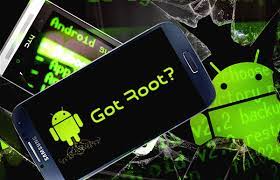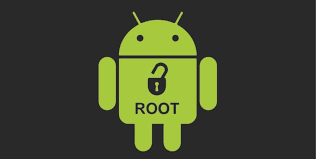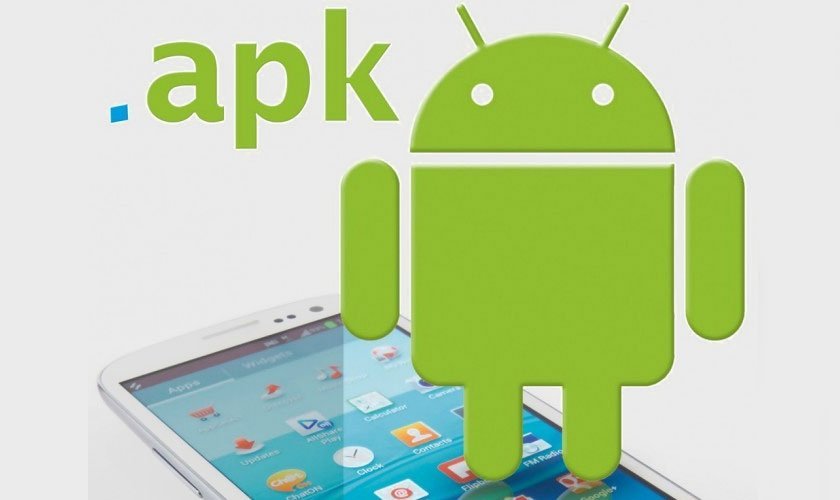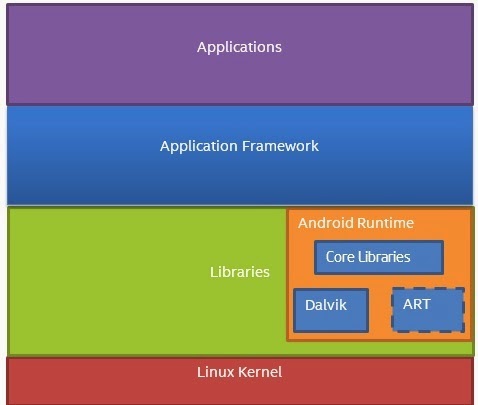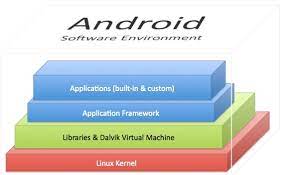15
Sep
As an AI language model, I don't have real-time access to specific device models or the latest rooting tools. However, I can provide you with some popular and widely used rooting methods and tools that have been reliable in the past. It's important to note that the availability and compatibility of these tools may vary based on your device model and Android version. Always make sure to research and verify the compatibility of any tool before proceeding. Here are a few commonly used rooting tools: Magisk: Magisk is a popular root solution that offers systemless rooting, meaning it doesn't modify…
